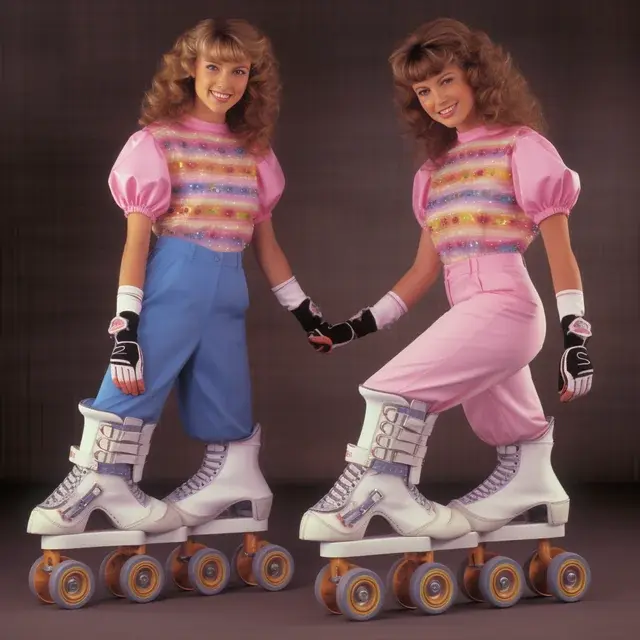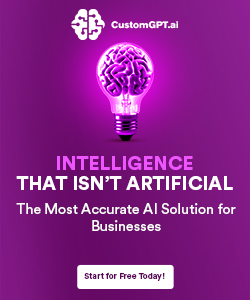Ai often gets Human Anatomy wrong, Simon Moss investigates why
Artificial Intelligence has made incredible strides in image generation, producing art, recreating real-world scenes, and even creating lifelike portraits. But AI-generated images frequently feature an often humorous – and sometimes unsettling – flaw: distorted human anatomy. The most advanced models today can still struggle to correctly render hands, limbs, and complex body positions. Why does this happen, and what can be done to improve AI’s grasp of human anatomy? This article dives into the reasons behind AI’s anatomical inaccuracies and the future of AI in image generation.

1. The Basics: How AI Image Generation Works
AI image generation models, like DALL-E, Midjourney, and Stable Diffusion, rely on deep learning. They are trained on large datasets of images, learning to generate new images by analyzing patterns. For example, when given a prompt to create an image of a “smiling person,” the AI uses its training data to construct a visual interpretation of this request. These models operate on a pixel-based approach, treating images as data points rather than a holistic understanding of human or environmental forms.
The challenge arises because AI models do not “understand” the objects in images as we do. While a human sees an arm, an AI model sees an array of pixels with specific patterns and gradients. This fundamental difference in perception leads to issues, especially when it comes to human anatomy.
2. Key Factors Behind Anatomical Errors
There are several primary reasons why AI-generated images often fail to portray human anatomy accurately:
a. Limitations in Training Data
AI models rely on training data to learn how objects and people appear in different contexts. If the dataset is not diverse or accurate enough, the AI’s understanding of human anatomy will be skewed. For instance, if there are more images of people in specific poses or if hands are often blurred or incomplete in the dataset, the AI will have trouble creating anatomically correct hands. Additionally, some images in these datasets might be poorly labeled or depict unrealistic forms, which can further confuse the AI.
b. Lack of Contextual and Spatial Awareness
Unlike humans, AI lacks an innate understanding of how body parts connect and move in real life. For example, humans understand that hands have five fingers and that joints bend in specific ways. AI, however, only recognizes patterns of pixels and may fail to “connect the dots.” This leads to odd errors, like extra fingers or limbs bent in impossible ways.
c. Challenges with Non-Standard Poses
Humans in action – dancing, running, or performing complex gestures – can appear in many different, and sometimes contorted, positions. AI struggles with such non-standard poses due to the increased complexity. Without robust 3D or anatomical awareness, the AI may approximate based on more common poses, leading to distortions.
d. Complex Visual Symmetry
Human anatomy involves complex symmetry and proportions that are difficult for an AI to replicate. When generating facial features or hands, symmetry is particularly challenging, which is why AI-generated faces may look slightly “off” or hands may show extra fingers. AI models like DALL-E might confuse these details, adding or removing features to approximate what they believe is a reasonable representation.

3. The Humorous Side of AI’s Anatomical Flaws
AI’s challenges with human anatomy have created a unique, if unintended, genre of humor on social media. From images with characters who have too many fingers to those with limbs twisted into unnatural positions, these “AI fails” are widely shared. While these errors highlight the limitations of AI, they also showcase the room for improvement and the need for better anatomical training. However, this humor is a reminder that, despite their capabilities, AI models lack a fundamental understanding of human form and behavior that humans take for granted.
4. Technical Challenges and Model Limitations
Creating a model that accurately replicates human anatomy involves overcoming several technical limitations:
a. High Dimensionality and Computational Requirements
Rendering complex, three-dimensional objects in two-dimensional images requires high computational power. For models to render human anatomy in intricate detail, they need access to vast datasets and extensive processing power. When tasked with intricate scenes, such as groups of people interacting, these models can face a computational bottleneck, resulting in simplifications or errors in anatomy.
b. Difficulty with Edge Cases
AI models are often trained to generalize from examples, which can be problematic when it comes to outlier cases or extreme poses. Humans in unusual or extreme poses are “edge cases” that AI struggles to interpret accurately, leading to odd placements of limbs or missing details.
c. Dataset Quality and Quantity
High-quality datasets that include varied and well-posed images of humans are essential for AI accuracy. However, creating and curating these datasets is costly and time-intensive, which leads to some models being trained on data with inconsistencies. The presence of incorrect or incomplete images in the dataset further exacerbates AI’s anatomical errors.

5. Solutions and Advances in AI for Improving Anatomy Accuracy
Despite these challenges, researchers and developers are actively working to improve AI’s ability to understand human anatomy. Here are a few of the latest solutions and techniques:
a. Incorporating 3D Modeling
Using 3D models as training data allows AI to learn from spatially accurate representations of human anatomy. Some researchers are incorporating 3D datasets to teach AI models about depth, proportion, and spatial relationships. 3D modeling provides a better understanding of joint positions and realistic poses, helping the AI render more accurate images.
b. Human Feedback Loops
Incorporating human feedback can help fine-tune AI models. For instance, training models with feedback on anatomically correct images could help reduce errors. Additionally, crowdsourced feedback on generated images can offer real-time insights for AI models, allowing them to learn from their mistakes in a more targeted way.
c. Specialized Anatomy Datasets
To address the problem of limited datasets, researchers are developing datasets focused specifically on human anatomy. These include diverse images with clear, anatomically correct poses across age groups, body types, and ethnicities. Such specialized datasets give the AI a broader understanding of human anatomy, which can improve accuracy.
d. Advances in Model Architecture
Architectural innovations in deep learning, like transformer-based models, are being explored to improve the way AI understands spatial relationships. These models can process visual data more effectively, capturing the nuance of complex forms like human bodies.

6. The Ethical Side: Biases in Anatomical Representation
AI’s limitations in anatomy also extend to biases. Training datasets may include images that are disproportionately representative of certain body types, ages, or ethnicities. This can lead to AI generating biased images, which could perpetuate harmful stereotypes. There is a growing awareness of the need for inclusive and representative datasets that ensure AI can depict a diverse range of human bodies accurately and respectfully.
7. Future Possibilities: Realistic Digital Humans and Beyond
The quest to render anatomically accurate humans is essential not only for artistic purposes but also for applications in gaming, virtual reality, and medicine. Imagine a future where AI can create realistic digital humans for VR experiences, allowing people to interact in immersive worlds with highly accurate, lifelike avatars.
In the medical field, anatomically accurate AI could help simulate surgeries or create training modules for healthcare professionals. However, achieving this level of precision requires continued development in data curation, model training, and ethical considerations.
So what’s it all mean
The struggle AI faces in accurately depicting human anatomy highlights both the progress and the challenges in the field of AI image generation. While current AI models can produce impressive, lifelike images, their fundamental lack of understanding leads to anatomical errors that are often humorous yet illustrative of the technology’s limitations. These errors underline a key reality: while AI can mimic visual patterns, it still lacks a true understanding of human form and movement.
Through advanced training techniques, better datasets, and innovations in model architecture, researchers are making strides to improve AI’s anatomical accuracy. As these technologies evolve, the AI-generated images of tomorrow may feature fewer extra fingers and twisted limbs – moving closer to a world where AI can truly understand and replicate the complexities of human anatomy.










